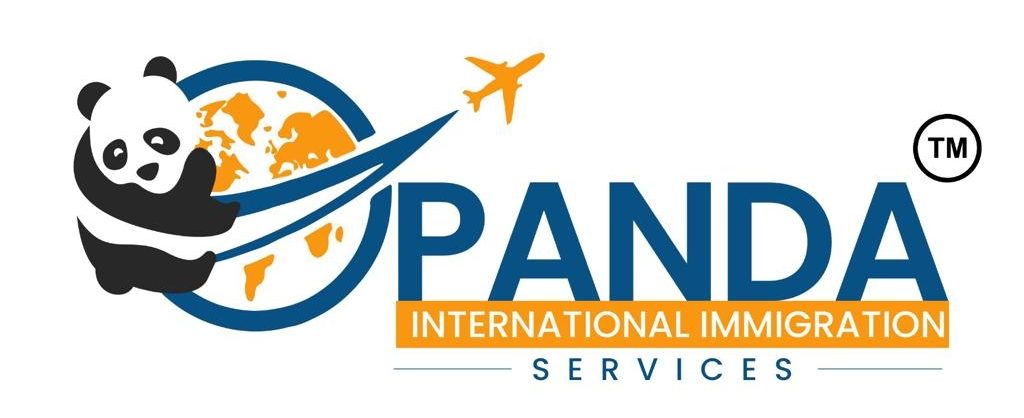The program, which saw 20 Indigenous students from three Canadian institutions visit the University of Wollongong in Australia, is the first to bring together Indigenous mobility experiences and immersive VR technologies.
“Only 3% of college students have had an international experience abroad and only 10% at the university level,” said Imad Al-Sukkari, director of international, at Cambrian College, while speaking at the 2024 CBIE conference.
Figures are even lower than this among Indigenous students who cited financial barriers, family obligations and a lack of awareness of opportunities during the project’s research phase.
Prior to the in-person mobility, students took part in an immersive project in which replicas of real places and historical artefacts were created for them to learn more about their Indigenous history.
The VR was also used to prepare students for the physical experience of travelling from Canada to Australia, recreating Toronto Pearson airport and the feeling of turbulence, as well as what to expect when arriving at Wollongong campus.
“It really started from a conversation we had with an elder [of Canada’s indigenous community] who was talking about how colonisation affected Turtle Island and that families felt like they had been cut off through the colonisation process.
“So, it was really about connectivity and connecting those people back to their roots and their core,” Kelly Watson, global engagement director at Georgian College told delegates.
Indigenous teams from Georgian College, Cambrian College and Algonquin College were involved in building the VR world, choosing what assets, artefacts and learnings should be included and to help elevate the indigenous voice.
“Many of these students have hardly left their communities, and we were taking them on a plane across the globe, so we wanted to make sure that they understood what that experience looks like,” said Bradie Granger, associate dean of Cambrian College.
Everything but the jet lag could be recreated, Granger said.
We want to continue to connect indigenous communities across the globe and rebirth this whole family and generation
Kelly Watson, Georgian College
While in Australia, students experienced land ceremonies and a guided walking tour through the Australian bush hearing stories from Indigenous elders, as well as connecting with fellow Indigenous students.
“For them to see that across the globe, students are experiencing global issues that they are, it really gave them confidence to address those issues,” said Granger.
According to Jaymee Beveridge, vice president of Indigenous strategy and engagement at Wollongong University, the students “felt like Australia was their second home”, highlighting the synergy between the indigenous cultures on both continents.
Hearing student testimonies from the trip had many conference delegates in tears.
“We want to continue to connect Indigenous communities across the globe and rebirth this whole family and generation”, said Watson.
The program was funded through the Canadian government’s Global Skills Opportunity fund and CICan’s Innovation fund, with institutions on both sides working to secure future funding to ensure its long-term sustainability.
Going forward, the universities are hoping to expand the program to more students and address technological barriers that exist to spreading the VR opportunities to some communities that are not supported by sufficient internet bandwidth.
The post Virtual reality breaks down barriers to Indigenous study abroad appeared first on The PIE News.

